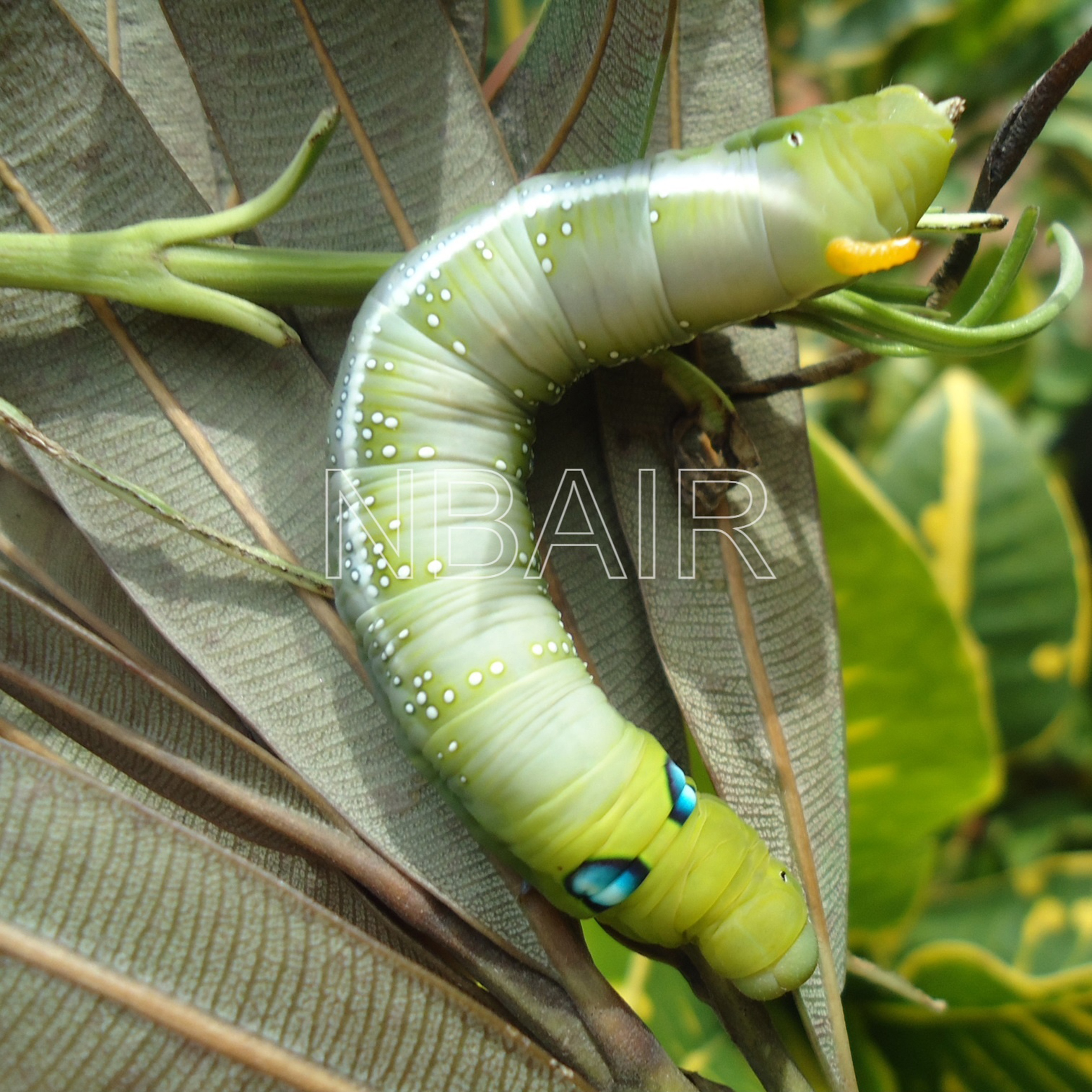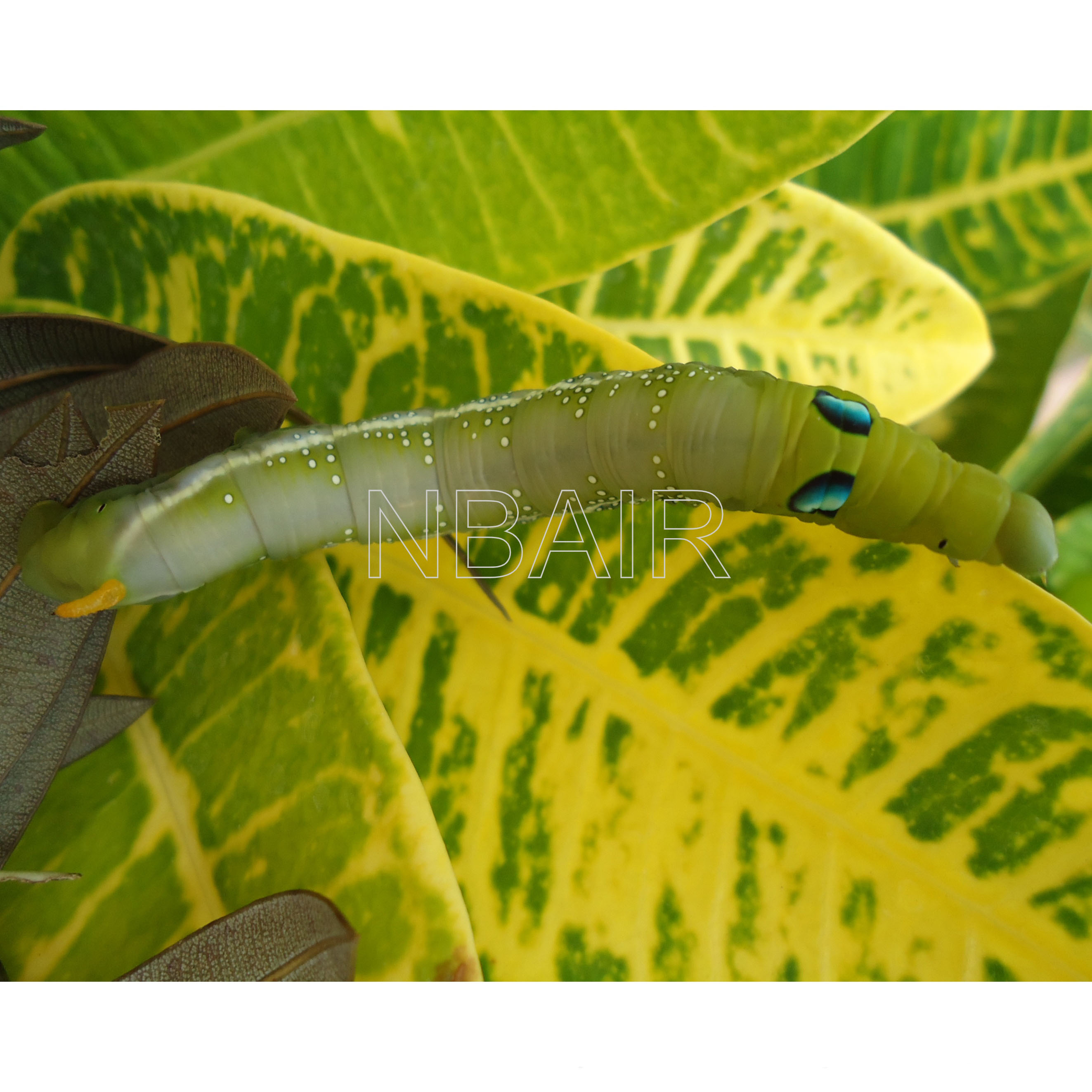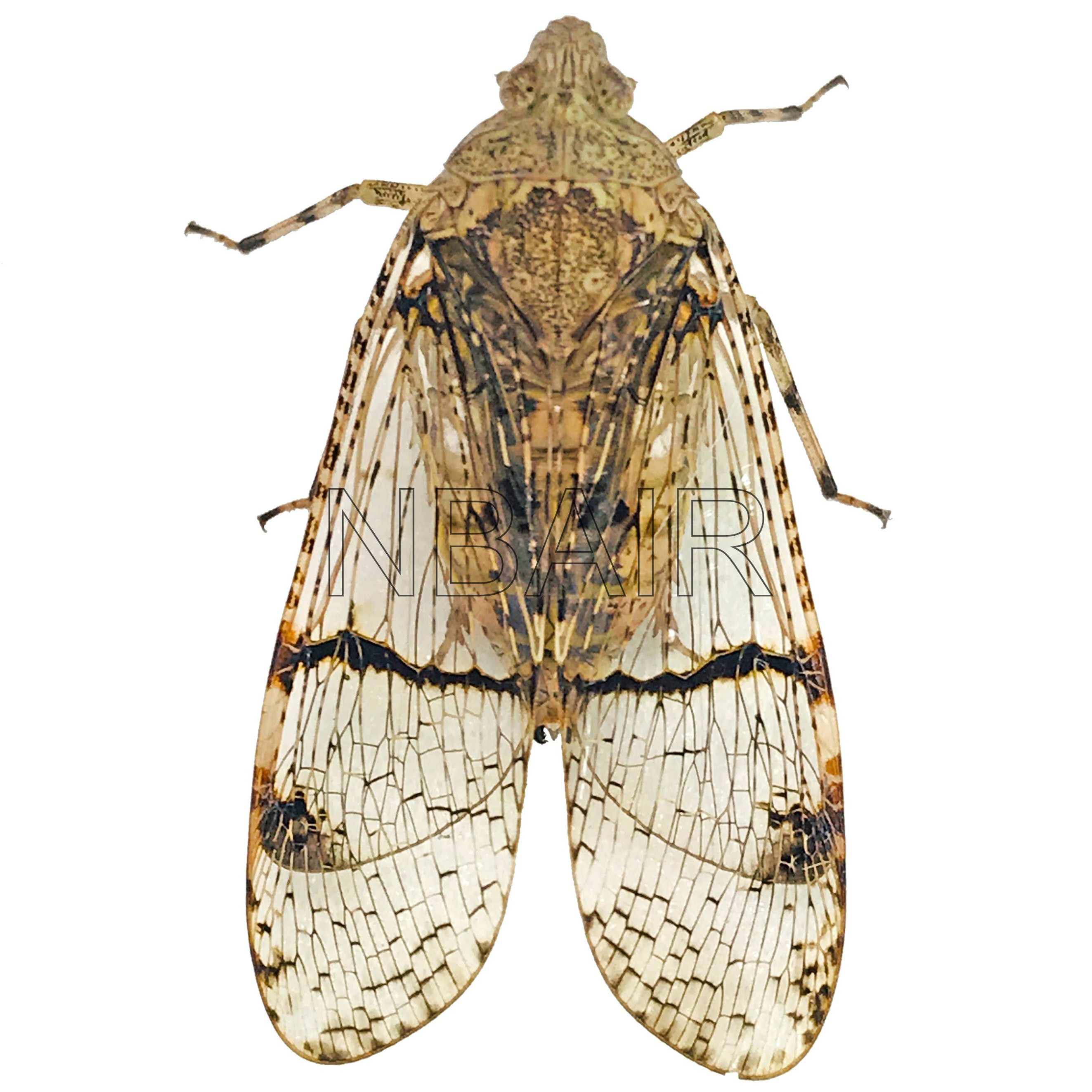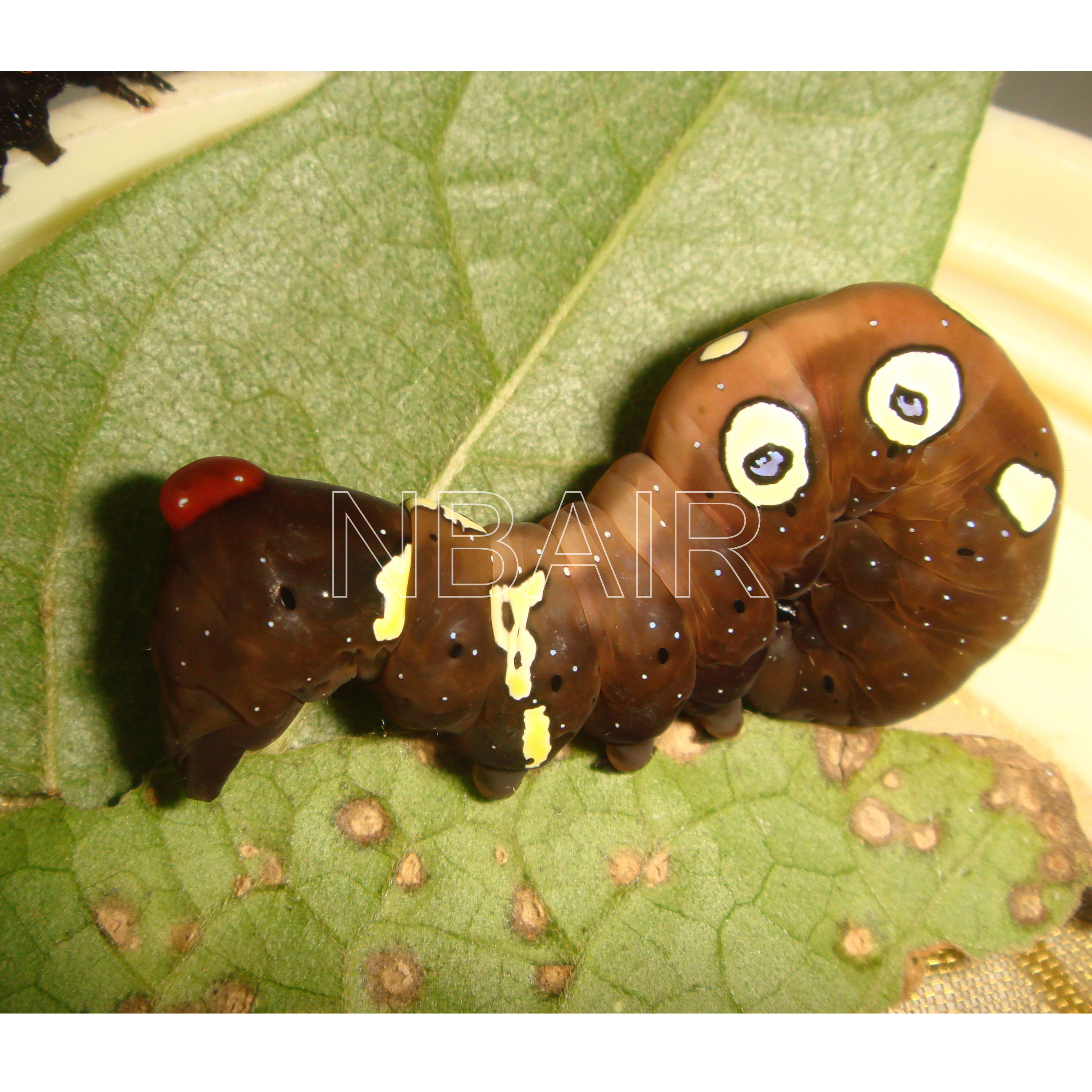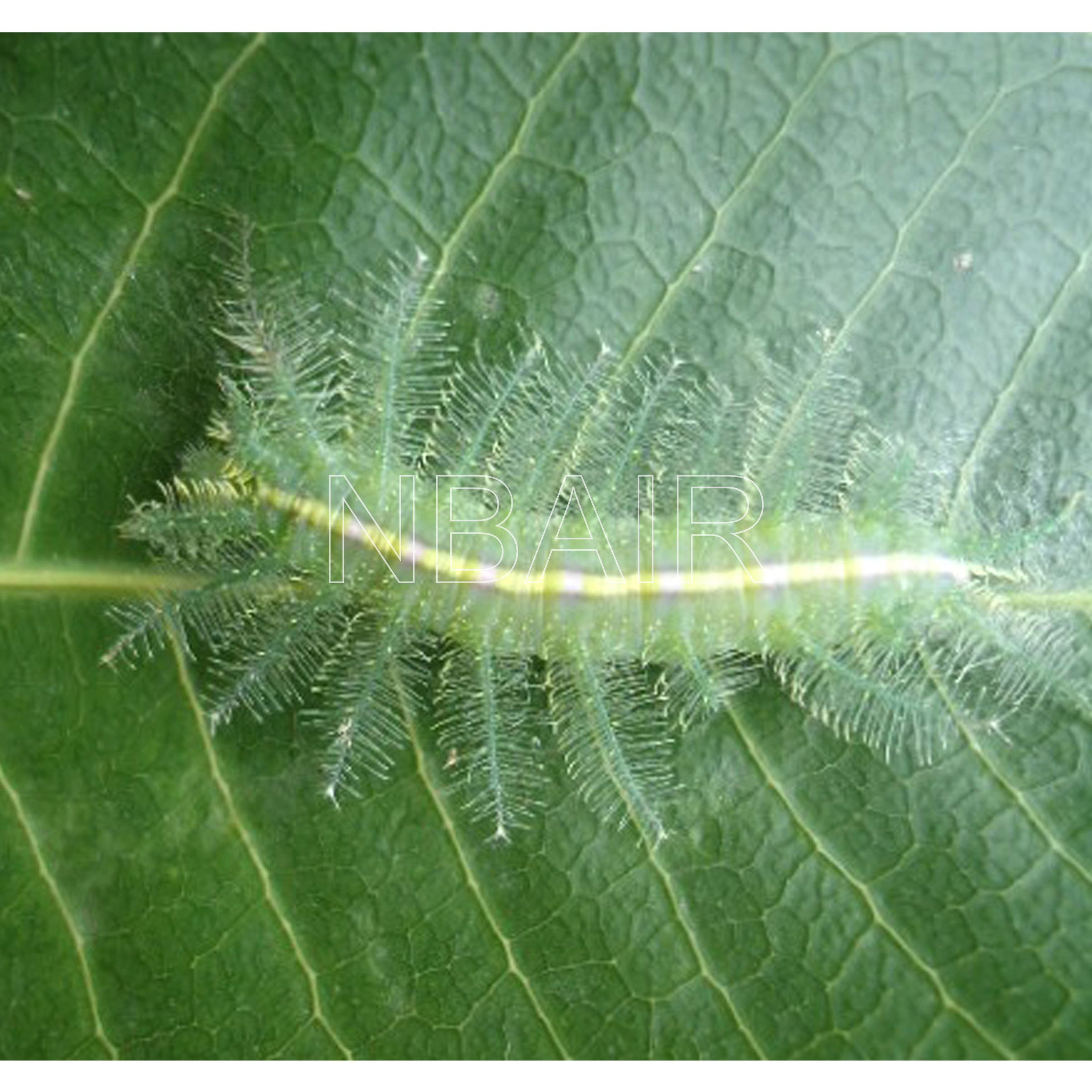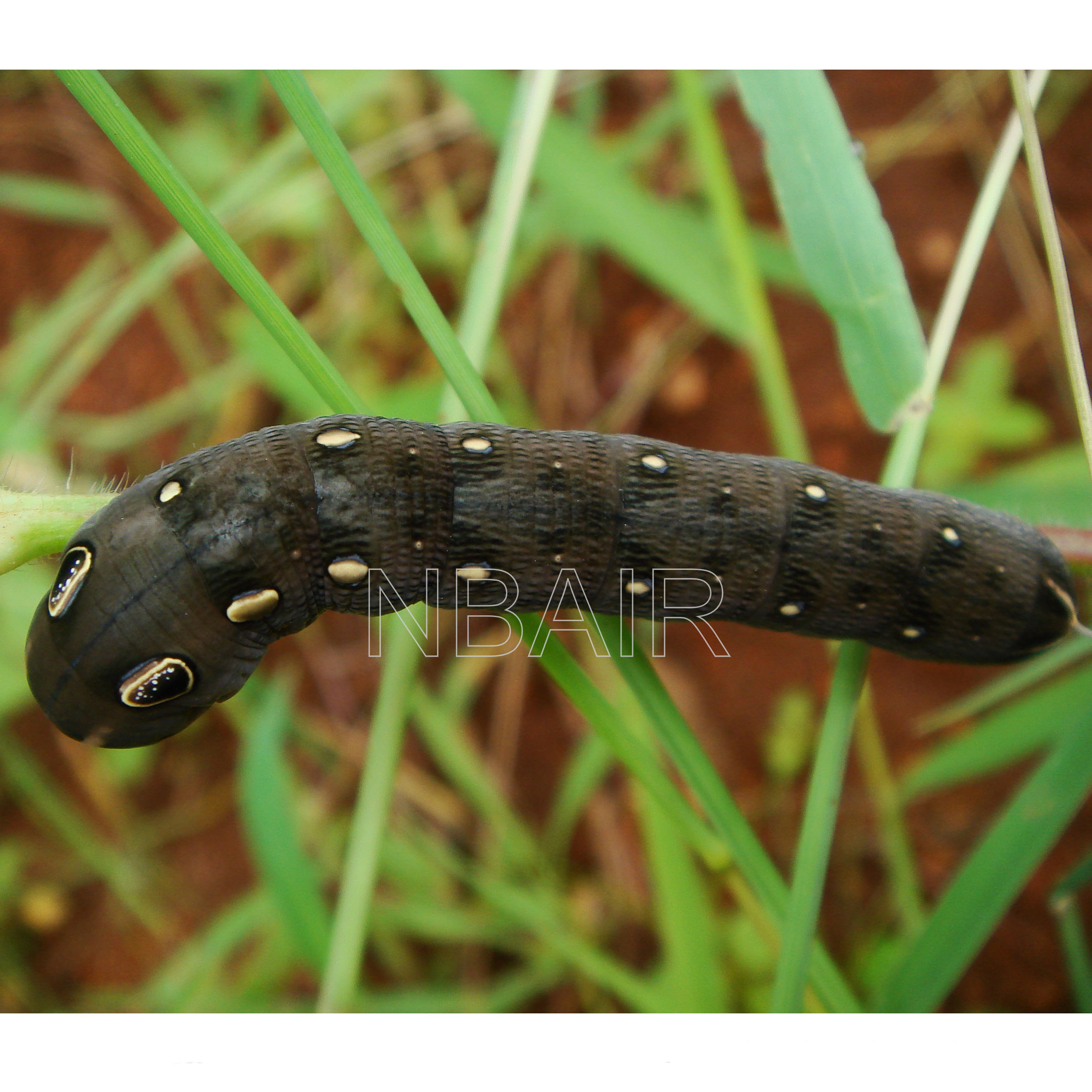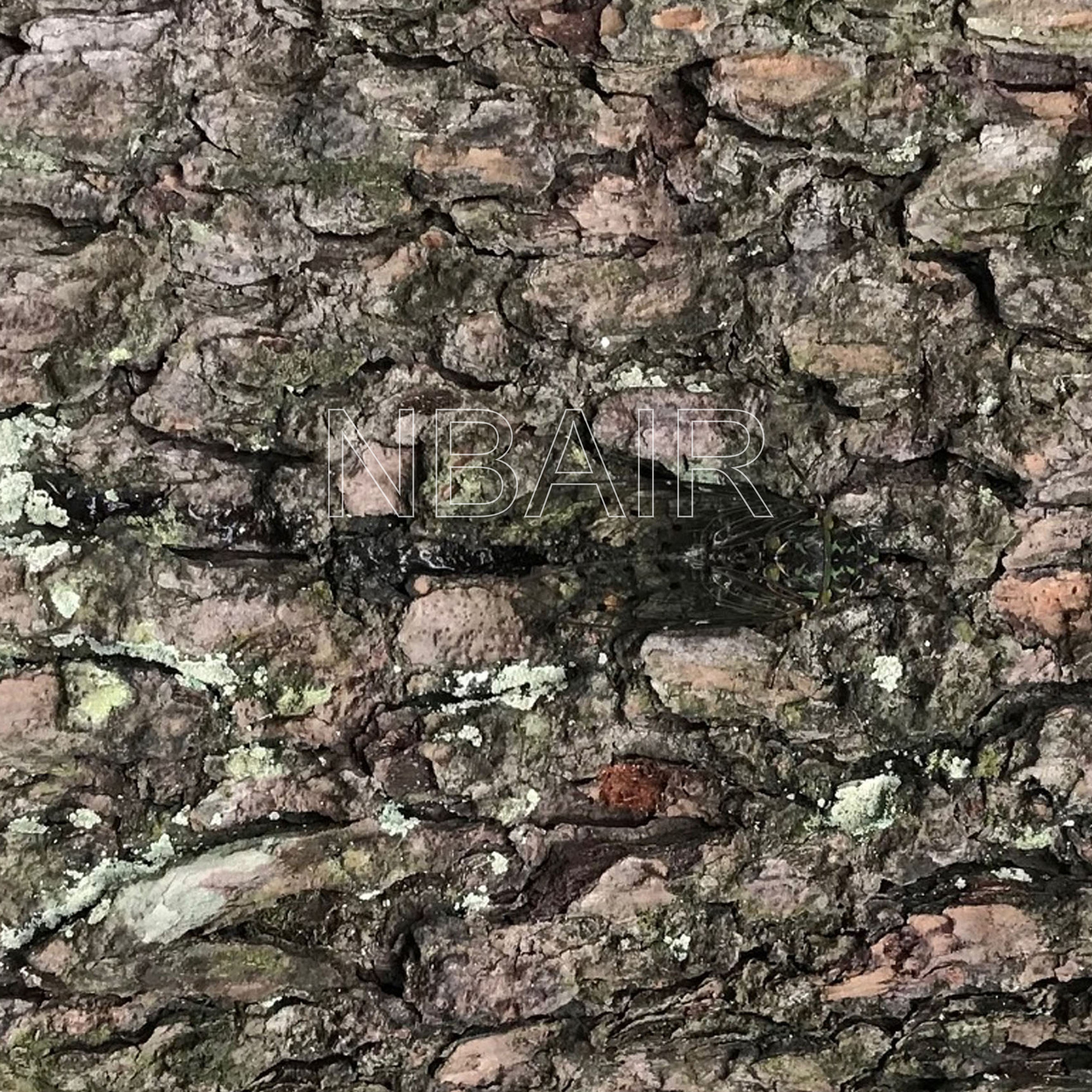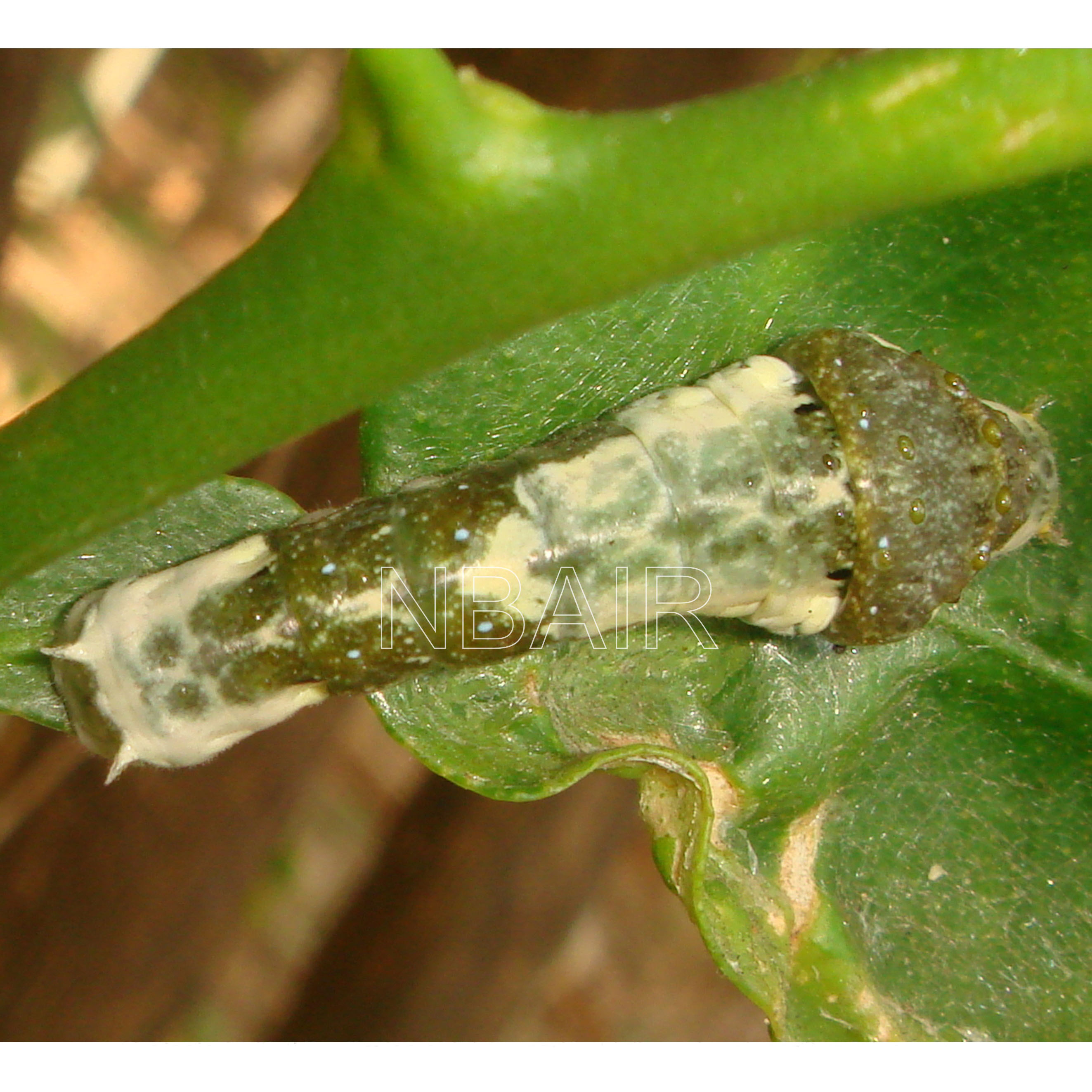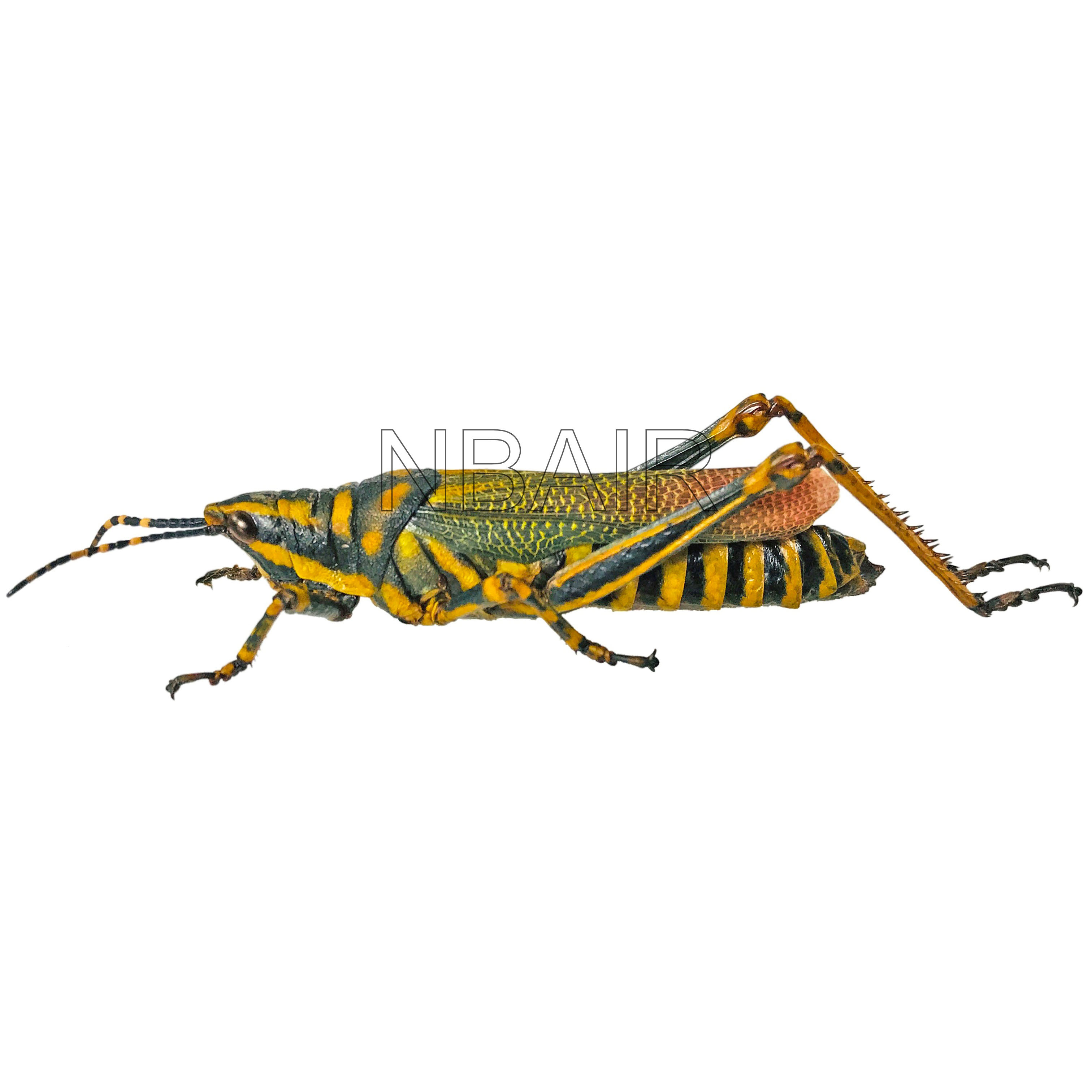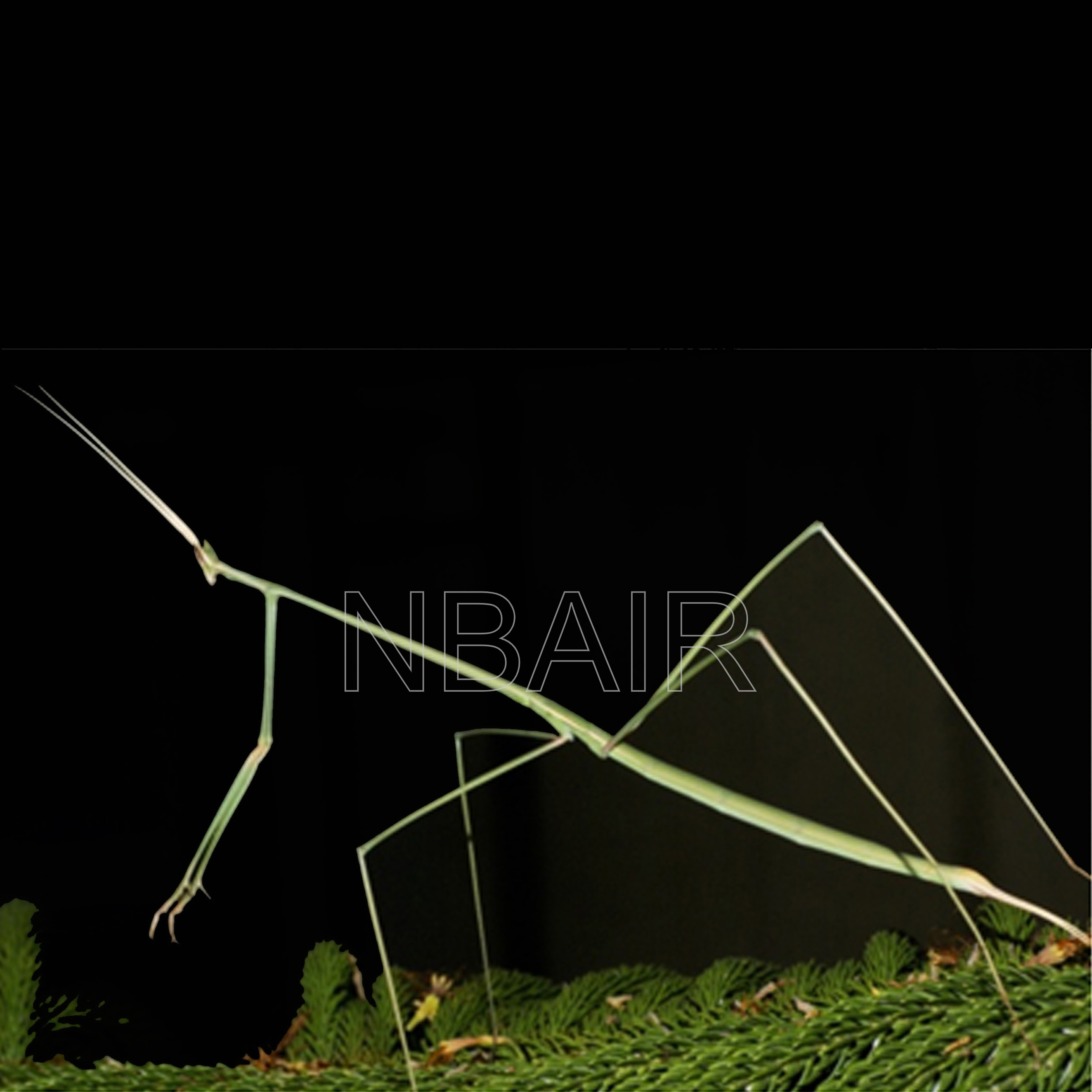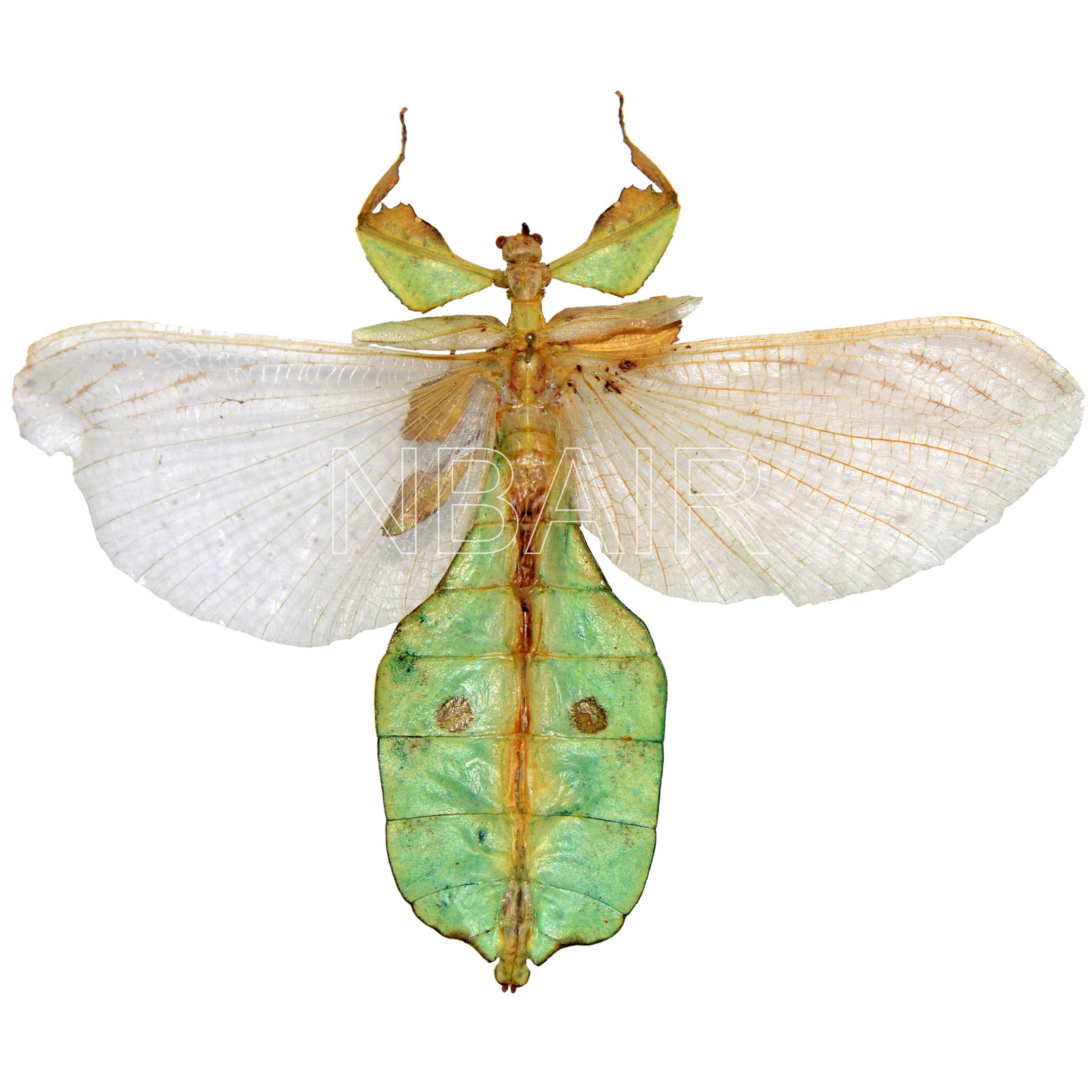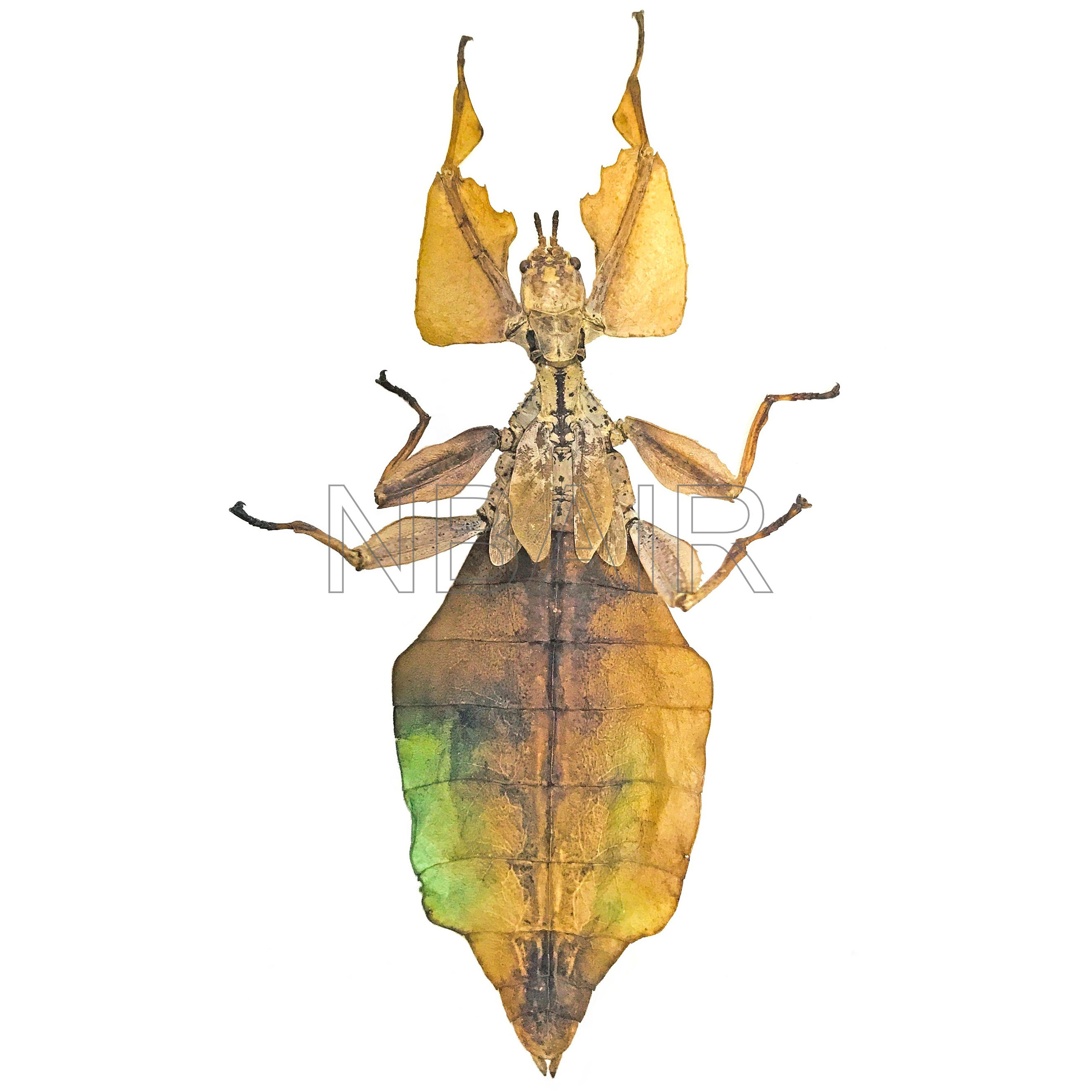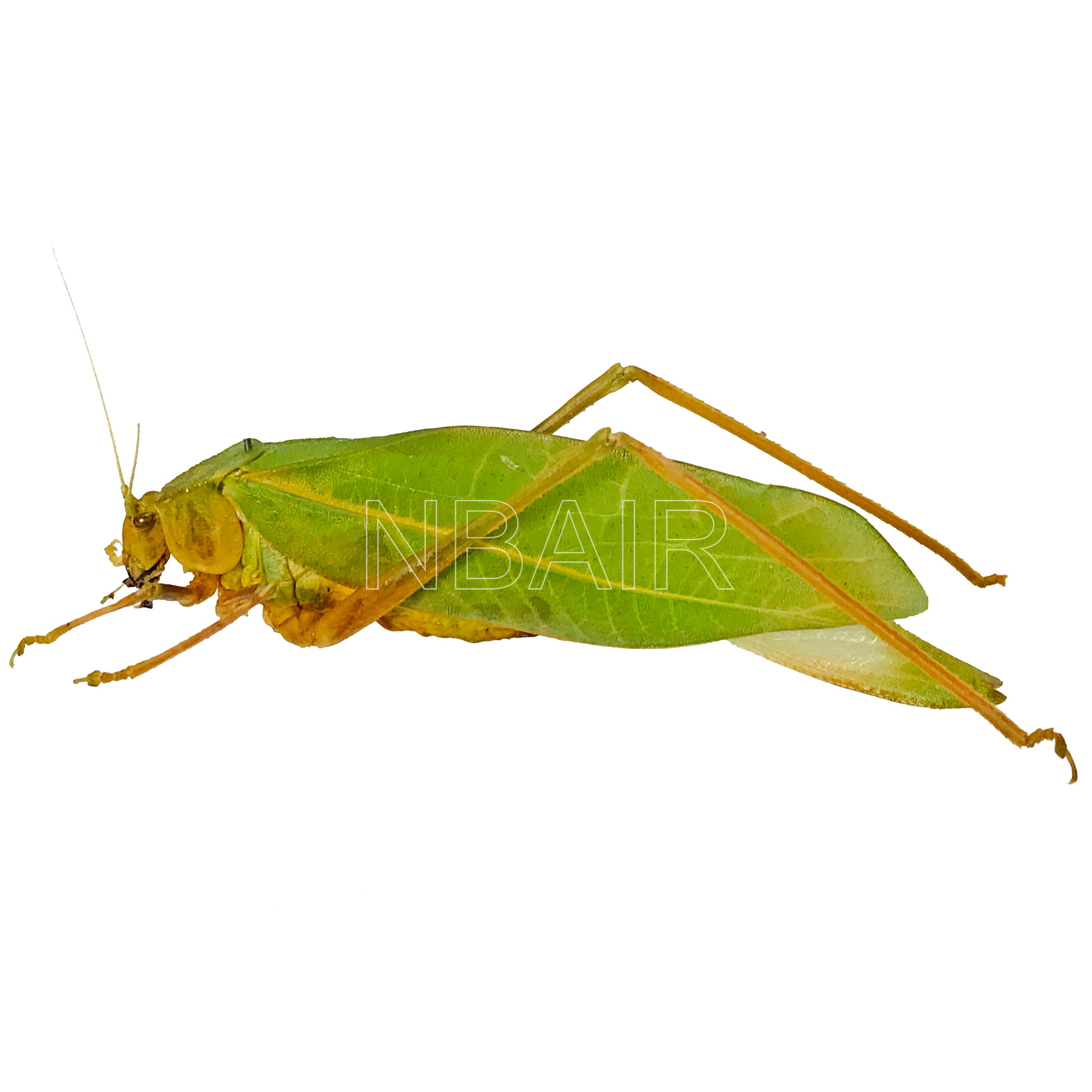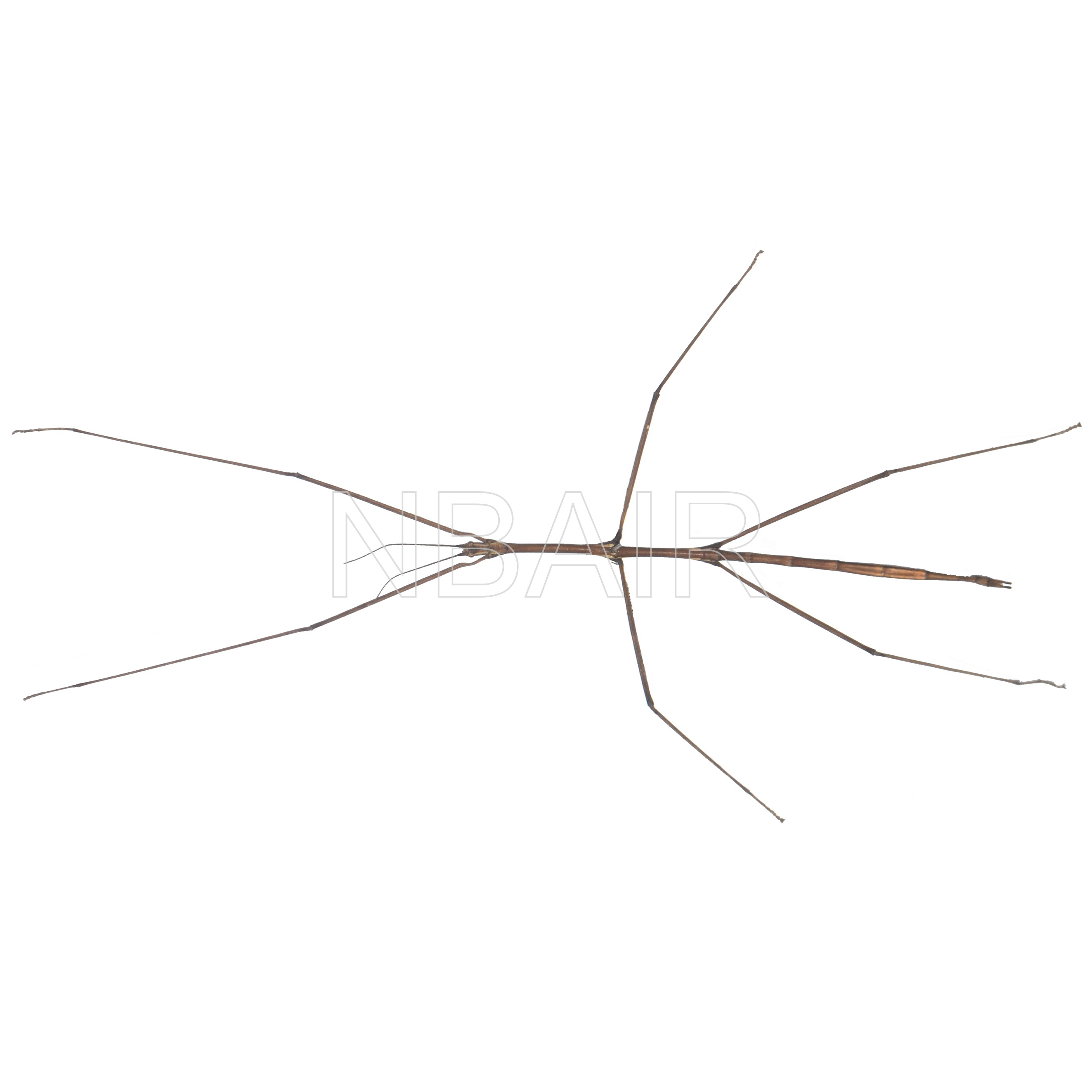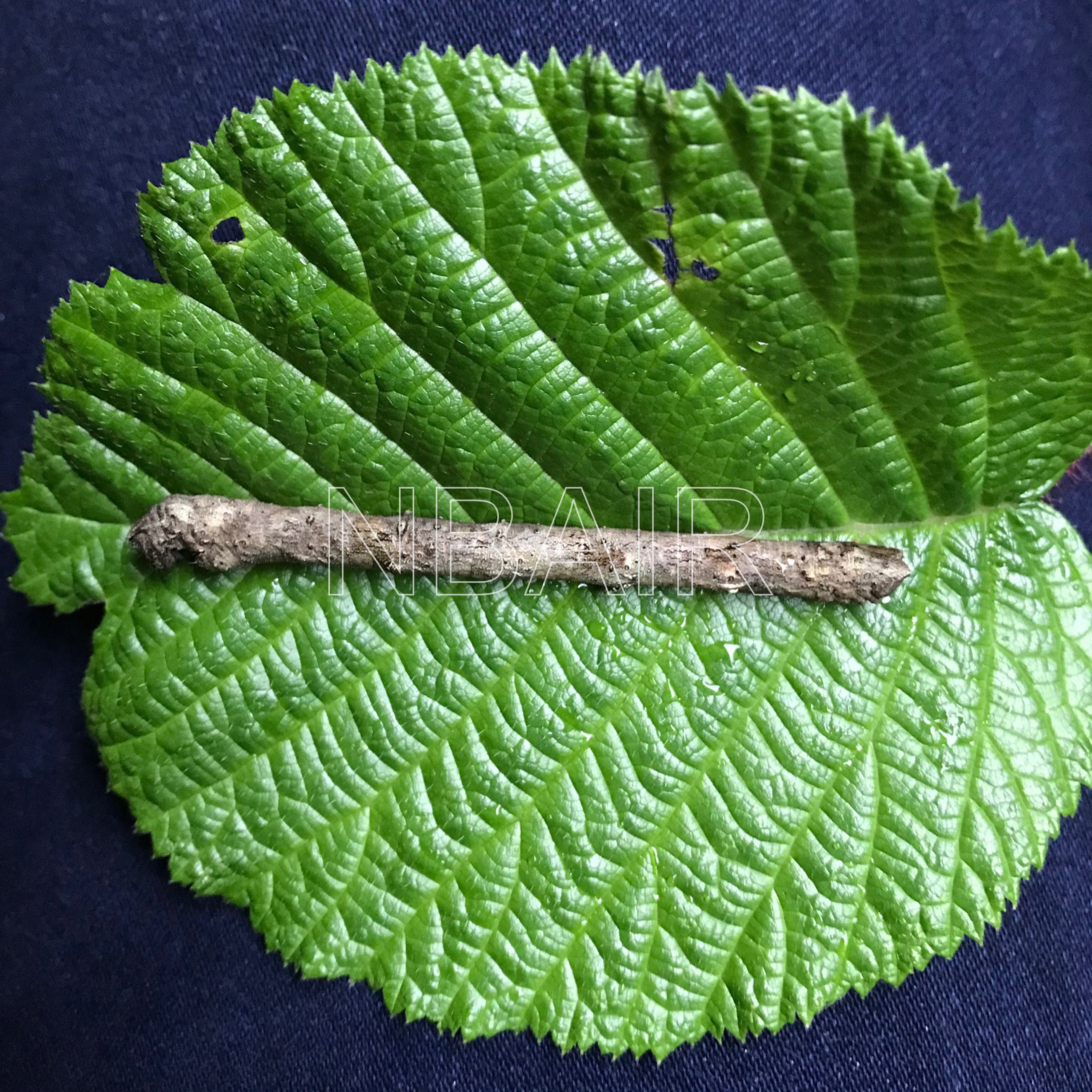Camouflage creatures/ deceiving forms
Scientific name: Aularches miliaris (Linnaeus) Common names: Coffee grasshopperSpotted grasshopperSpotted locustCoffee locust Comment: This species of grasshopper is commonly referred as ‘coffee locusts’, however they are not ‘true locusts’! In coffee locusts, density-dependent phase polyphenism is rarer and they lack the attribute of forming dense swarms. Sometimes aggregation in the form of hopper bands is being misconceived as locust swarms. The “true locusts” belonging to the family Acrididae form dense swarms and are polyphonic in nature.
Common names: Cuckoo wasp Emerald wasp Comment: The common name "cuckoo wasp" refers to the cuckoo-like behaviour of wasps in the family Chrysididae as they lay eggs in the nests of host species. They are obligate brood parasites of sawflies, wasps and bees, walking sticks and moths. Because of their brood parasitic lifestyle, many fascinating adaptations including chemical mimicry of host odours have been evolved (Thomas et al., 2018).
Scientific name: Daphnis nerii (Linnaeus) Common name: Oleander hawk moth Comment: False eye on caterpillar of oleander hawk moth are to scare off the predator. The startling false eyes, which are blue in colour, can be clearly observed when a caterpillar faces any threat.
Scientific name: Dichoptera hyalinata (Fabricius) Common name: Plant-hopper Comment: This large species of plant hopper is prevalent in tropical Asia. Many times they camouflage with the background.
Scientific name: Empusa sp. Comment: This predator species of mantis camouflages itself with the background to avoid prey attention. This is one of the strategies of efficient predation.
Scientific name: Eudocima homaena (Hübner) Common name: Fruit piercing moth Comment: The larva is largely brown with many blue specks and large yellow patch on 3rd, 4th and 5th somites. Fourth and fifth somites form ocelli with yellow iris and azure-blue black edged pupil. This particular character representing “false eyes” is basically to scare predators.
Scientific name: Euthalia aconthea (Cramer) Common names: Common baron Baron Comment: This species is NOT fatal and does not cause any serious harm to humans apart from causing skin irritation lasting for few hours in some individuals. The caterpillar blends well and impressively camouflages with the leaf midrib and veins to escape predation.
Scientific name: Hippotion sp. Comment: The macroglossine caterpillars have a second line of defence as a snake-mimic. The caterpillar bears conspicuous eye-spots and when alarmed, shoots its anterior part and exposes 'eyes' to scare the enemy.
Scientific name: Humbertiella sp. Comment: This species of praying mantis perfectly camouflages with the background, as in this case it is hardly noticeable in the tree bark!
Scientific name: Hyalessa sp. Comment: The majority of cicadas are diurnal and depend on camouflage when at rest to escape predation.
Scientific name: Papilio polytes Linnaeus Common names: Common mormon Comment: Larvae of many species of the genus Papilio resemble bird droppings. This mimicry is to avoid predators, mainly birds.
Scientific name: Poekilocerus pictus (Fabricius) Common names: Painted grasshopper Comment: This species of grasshopper sometimes gets confused in locust invasion.
Scientific name: Schizocephala bicornis (Linnaeus) Common names: Indian stick mantis Indian grass mantis Comment: This species perfectly camouflage with the green grass. Repeated swaying movement sidewise is common camouflage behaviour to mimic the swaying movement of the vegetation. The cryptic coloration provides camouflage for catching its prey as well as for avoiding its predators.
Common name: Leaf insect Comment: The family Phylliidae of Order Phasmatodea contains the true leaf insects or walking leaves comprising of remarkably camouflaged leaf mimics (mimesis). These individuals disguise themselves with striking resemblance to give a leaf-like appearance and are easily misunderstood by their predators as real leaves. They confuse predators with their movement (rocks back and forth) to mimic a real leaf being blown by the wind.
Common name: Katydid Comment: Many Katydid's camouflage leaves.
Common names: Stick insect Comment: The stick insect resembles the dried twigs/ sticks to hide in the vegetation. This is a wonderful representation of escape mechanism.
Common name: Stick caterpillar Family: Geometridae Comment: Geometrid caterpillars are talented twig impersonators and commonly known as twig-mimicking caterpillars. They are green, grey, or brownish in colour and hide from predators by blending into the background.


